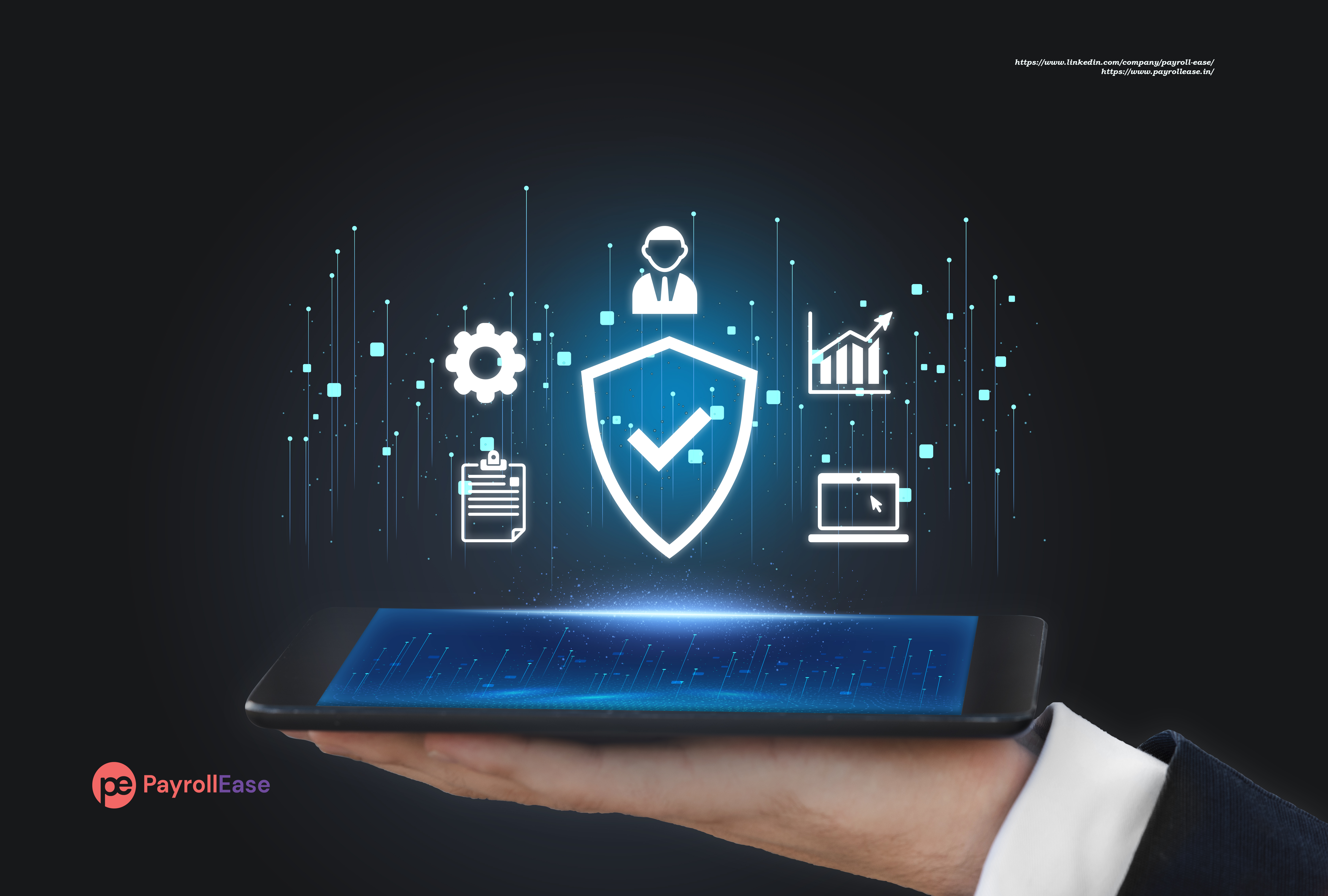Data Protection

The interaction between technology, public expectations of privacy, contextual information standards, data gathering and distribution, and the legal and political challenges surrounding them is known as information privacy. It is sometimes referred to as data protection or privacy.
The process of shielding private information against tampering, loss, or corruption is known as data protection. Data protection is becoming more and more crucial as the volume of data being generated and stored has expanded at an unparalleled rate.
Businesses may better comply with regulations, avoid data breaches, and preserve their brand by safeguarding their data. Technologies including data loss prevention (DLP), data-protected storage, firewalls, encryption, and endpoint protection are the foundation of data protection systems.
You can establish internal controls and procedures to address possible hazards after you’ve identified them. As an illustration, you could: limit access to the payroll system to only the employees that are really needed. After a while of inactivity, use the timeout features to log employees out of the system.





